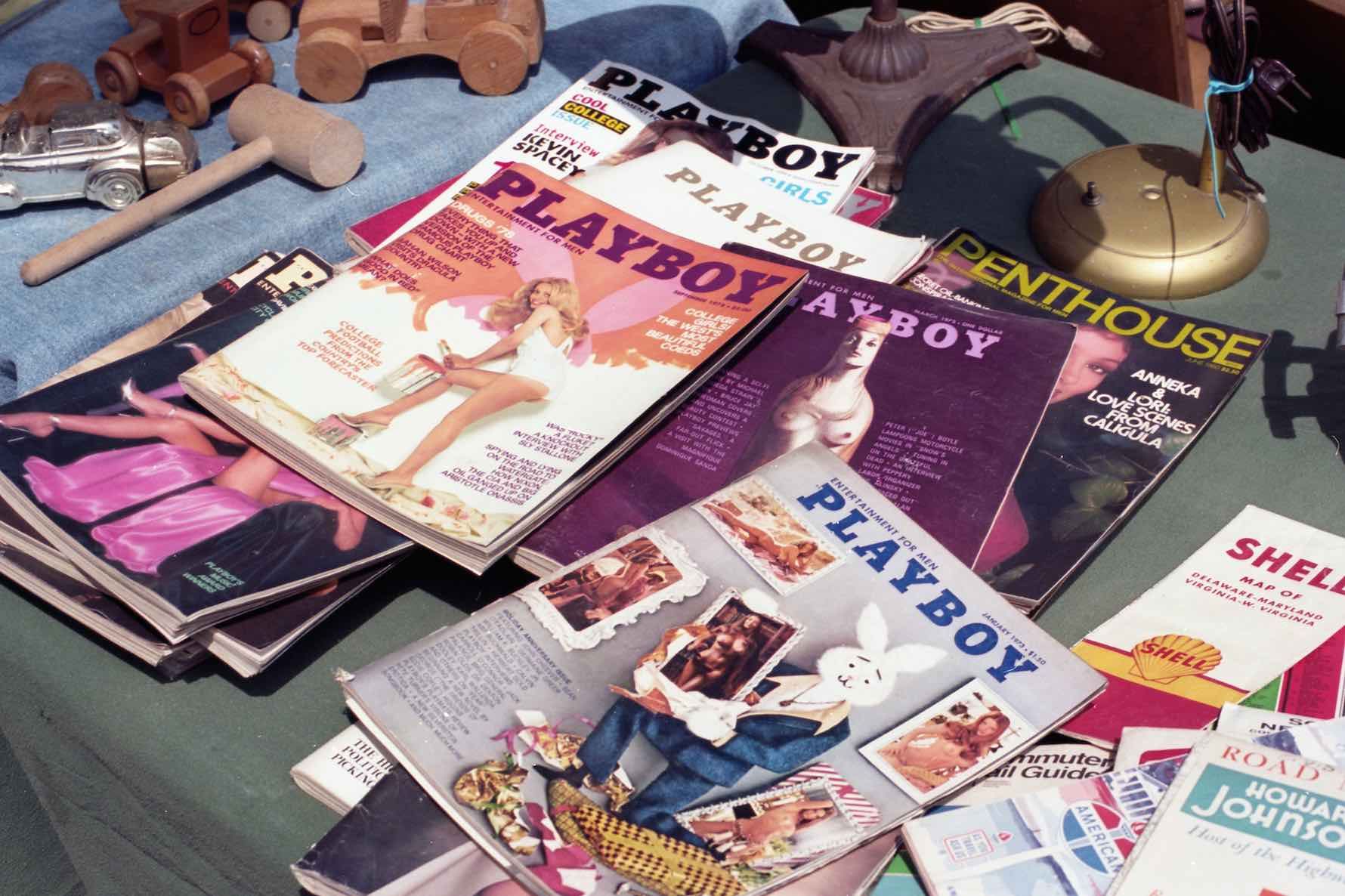I was born in 1980, so am among perhaps the last generation of American males who remember sneaking a peak at a Playboy.
The women featured were beautiful and they showed a lot, but not everything. Playboy never revealed the sexual act. I can only imagine how many hours of sex the average male today has watched online by the time he loses his virginity. It’s enough to desensitize him to the experience. And any girl he’s with will have a hard time living up to the contortionists on most online pornography sites. Desensitization has the opposite effect of liberating our sexuality: it kills it.
It kills it the same way prolonged exposure to violence in film, video games, or real life can kill our empathy. I served eight years in the Marines, went to war in Iraq and Afghanistan, and saw my share of violence. Each time a friend was killed, each time an enemy was dispatched, I felt a little less than the time before. Eventually, dangerously, I felt very little.
During a particularly intense month of fighting in Fallujah during 2004, the platoon I led lived in a blown-out building in the south end of the city. After sandbagging the windows and sweeping broken glass from the floor, we dubbed the place Rancho del First Platoon and began running patrols into the northern neighborhoods where many insurgents still held out. Every few days we’d be in a firefight and after a few weeks we’d lost nearly half of our number wounded.
Playboy wasn’t just nude pictures. Through its pages we slowly returned to an emotional neutral.
Though regulations forbade pornography in Iraq out of a concern we’d offend the Iraqis—as if the war we waged did not—a blind eye was turned toward Playboy. If we weren’t out on patrol, nights back at Rancho del First Platoon were quiet. We had no electricity, no heat. The Marines would rotate watch on the rooftop and the rest of us would sleep on the lower floors under piles of blankets. Those of us who couldn’t sleep, read, and although contraband copies of hardcore magazines existed aplenty they often went unopened while two Marines might sit shoulder to shoulder on the ground like a couple of 10-year-olds, sharing a Playboy beneath a flashlight.
My theory was that the Marines didn’t read Playboy for what it revealed, but for what it didn’t. The charms that Playboy withheld, the ones models in Hustler or Penthouse did not, left an aura of intimacy we all craved in those days. It created a bit of feeling, something in short supply during that violent time. Playboy wasn’t just nude pictures. Through its pages we slowly returned to an emotional neutral.
Today Hugh Hefner is an anachronism in the world that he created. In the realm of no-holds-barred free online pornography the ante is always being increased, and the allure of Playboy nudes has lost its appeal to an audience desensitized to anything but the raunchiest sex. In this climate, re-branding into a culture-glossy makes good business sense. Absent of any nudes, Playboy.com has seen web traffic jump significantly.
Still, the loss of nudes leaves me a bit sad. We no longer have a magazine where you can read an interview with Jimmy Carter and then turn the page to see a topless portrait of Drew Barrymore. Our intellects and libidos are once again segregated. You can’t tell people that you subscribe to Bangbus for the articles.


